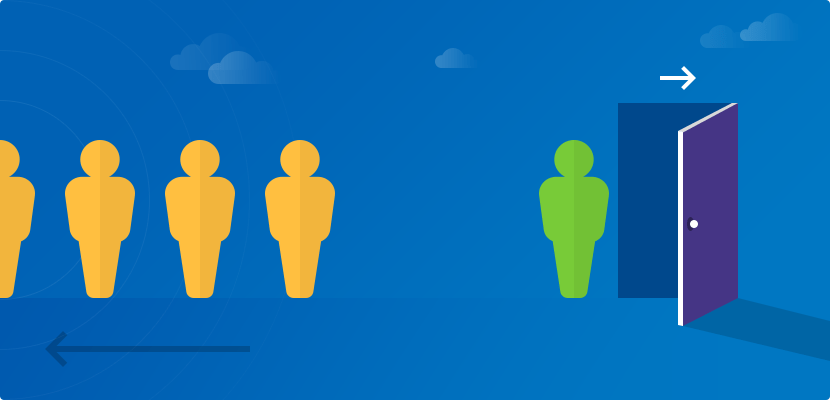Posts Tagged ‘finance data science project’
Customer Churn Rate – Real Case Project
As the business world has evolved in the past couple of decades, one variable has become particularly valuable to understand – and as data scientist, you’ll be asked about it a lot – and that is: The Customer Churn Rate Customer “churn ” refers to the ratio of customers that have stopped or are going…
Read More